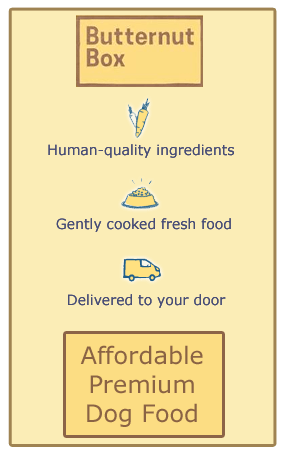Understanding the difference between teething, biting, nipping, and gnawing is crucial for new pet parents.
Teething is a natural process that all puppies go through, during which their baby teeth are replaced by adult teeth.
This usually begins when puppies are about three to four months old and can continue until they are six to seven months old.
TEETHING
During the teething time, your puppy might exhibit a number of behaviors, including excessive chewing or gnawing on toys, furniture, or your hands.
This is because the process of teething can cause discomfort, and gnawing on things can help alleviate some of this discomfort.
It’s important to understand that this behavior is not the same as biting or nipping, which are behaviors that puppies might exhibit when they are trying to play, assert dominance or when they are fearful or anxious.
SO, HOW CAN YOU HELP YOUR PUPPY DURING THE TEETHING PERIOD?
There are a number of ways to alleviate their discomfort. One of the most effective ways is to provide them with a variety of teeth-friendly toys to gnaw on.
These toys should be made of materials that are safe for puppies and can withstand their sharp teeth.
You can even freeze these toys to provide additional relief for sore gums.
ANOTHER METHOD IS TO FEED YOUR PUPPY COLD FOODS
Frozen treats or simply adding ice cubes to their water bowl can provide a soothing effect for their sore gums.
It’s also a good idea to maintain a consistent schedule for feeding and play to help reduce anxiety and keep your puppy calm during this period.
Lastly, while it may be tempting to scold your puppy for unwanted chewing, it’s important to remember this is a natural process and they are not doing it with ill intent.
Instead, redirect their attention to appropriate chew toys and reward them for using these instead of your furniture or personal items.
IN SUMMARY
Teething is a natural part of puppy development.
Pet owners can help their puppies by offering appropriate chew toys, providing cold foods and maintaining a consistent schedule.
Patience, understanding, and positive reinforcement are key during this period.








